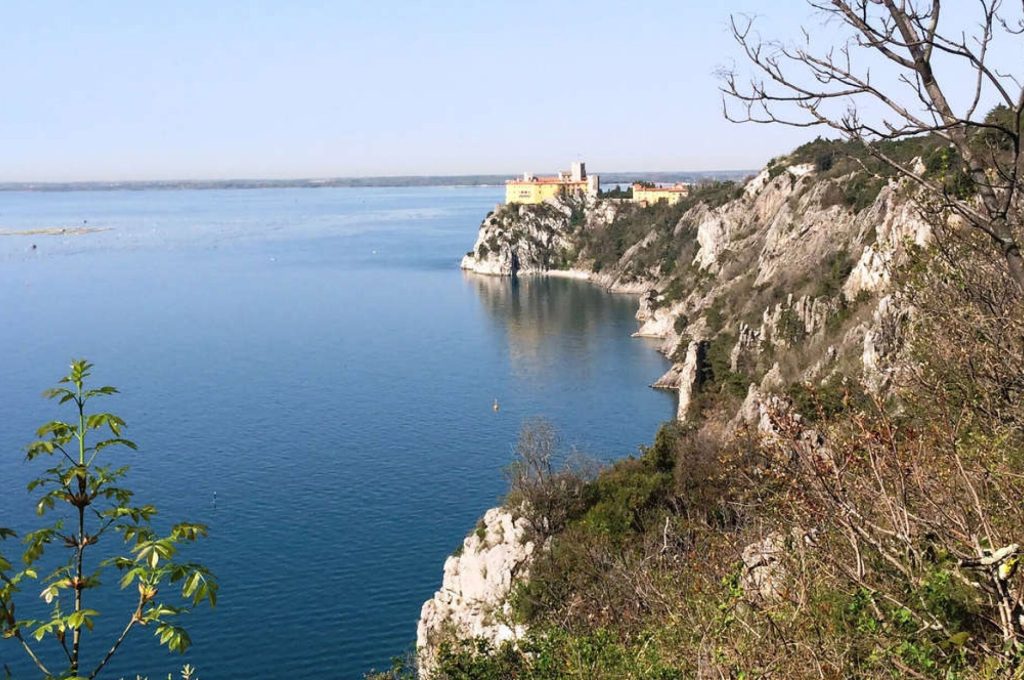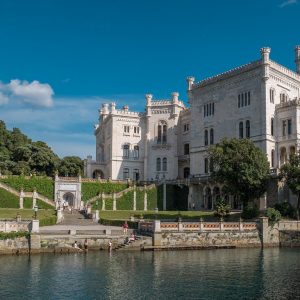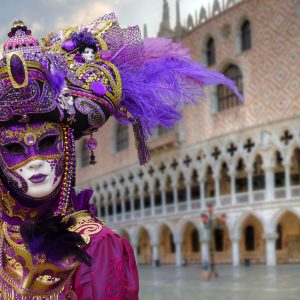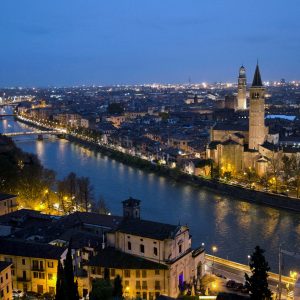On the Adriatic coast near Slovenia, lies Trieste, a unique Italian city combining Mediterranean and Central European cultures. With its Habsburg architecture, cosmopolitan cafés, and seafront charm, Trieste offers travellers a glimpse into its layered past — from Roman roots to a pivotal role in the Austro-Hungarian Empire. Here’s our quick travel guide to Trieste.
Must-See Sights in Trieste
Piazza Unità d’Italia
Start your journey in Trieste’s grand central square, Piazza Unità d’Italia, the largest sea-facing piazza in Europe. Surrounded by stunning neoclassical buildings and opening onto the sparkling Adriatic, the piazza is a perfect introduction to Trieste’s blend of Italian, Slavic, and Habsburg influences.
Castello di Miramare
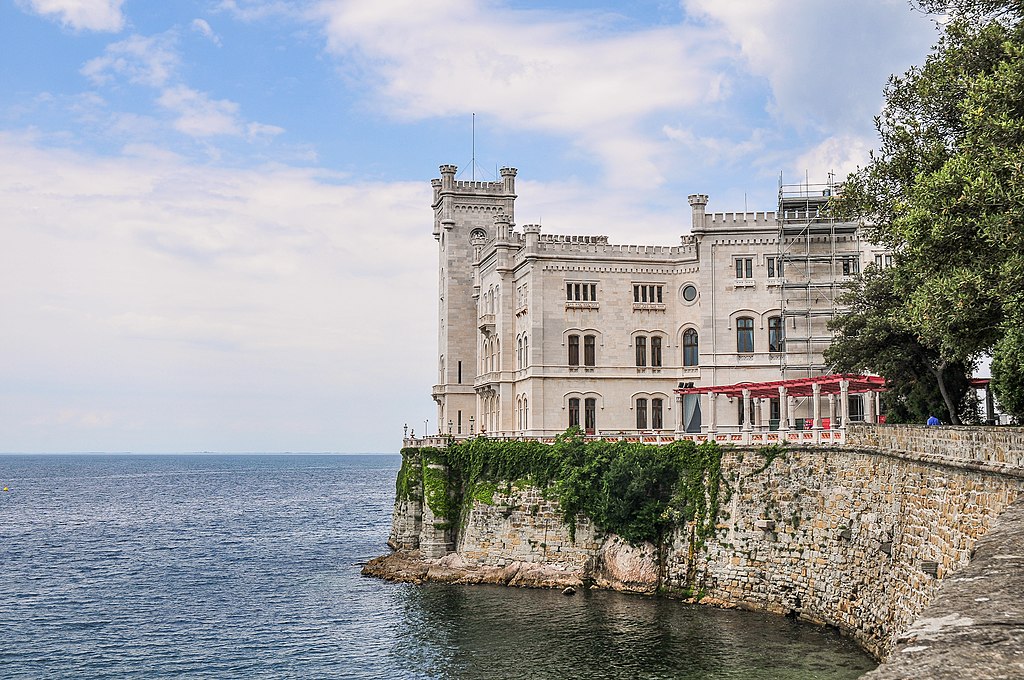
A short drive or bus ride from the city centre, this 19th-century castle is a must-visit. Miramare was built for Archduke Ferdinand Maximilian of Austria, and its fairytale turrets and lush gardens look out over the sea. The rooms, preserved in their original condition, showcase the lavish lifestyle of European royalty.
Roman Theatre and San Giusto Castle
For history enthusiasts, Trieste’s Roman Theatre provides a glimpse into the ancient origins of the city. Just a short walk away, on San Giusto Hill, you’ll find San Giusto Castle, offering panoramic views of the city and a museum with medieval weapons, frescoes, and more.
Museo Revoltella
Art lovers should not miss Museo Revoltella, one of Italy’s premier modern art museums. Housed in the opulent former residence of Baron Pasquale Revoltella, this museum features 19th- and 20th-century Italian art and provides insight into the city’s artistic heritage.
The Canal Grande and Borgo Teresiano
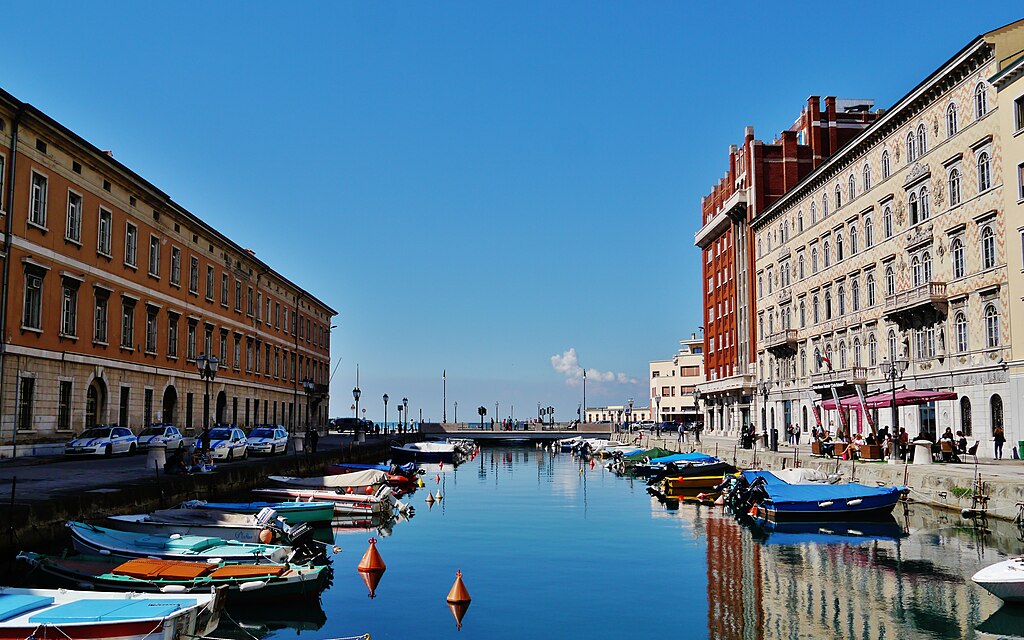
This picturesque canal lined with historic buildings and bobbing boats is at the heart of Trieste’s Borgo Teresiano, a district commissioned by Empress Maria Theresa of Austria. Walk along the canal, stopping at the iconic Sant’Antonio Nuovo church or grabbing a coffee at one of the famous nearby cafés.
Experience Trieste’s Café Culture
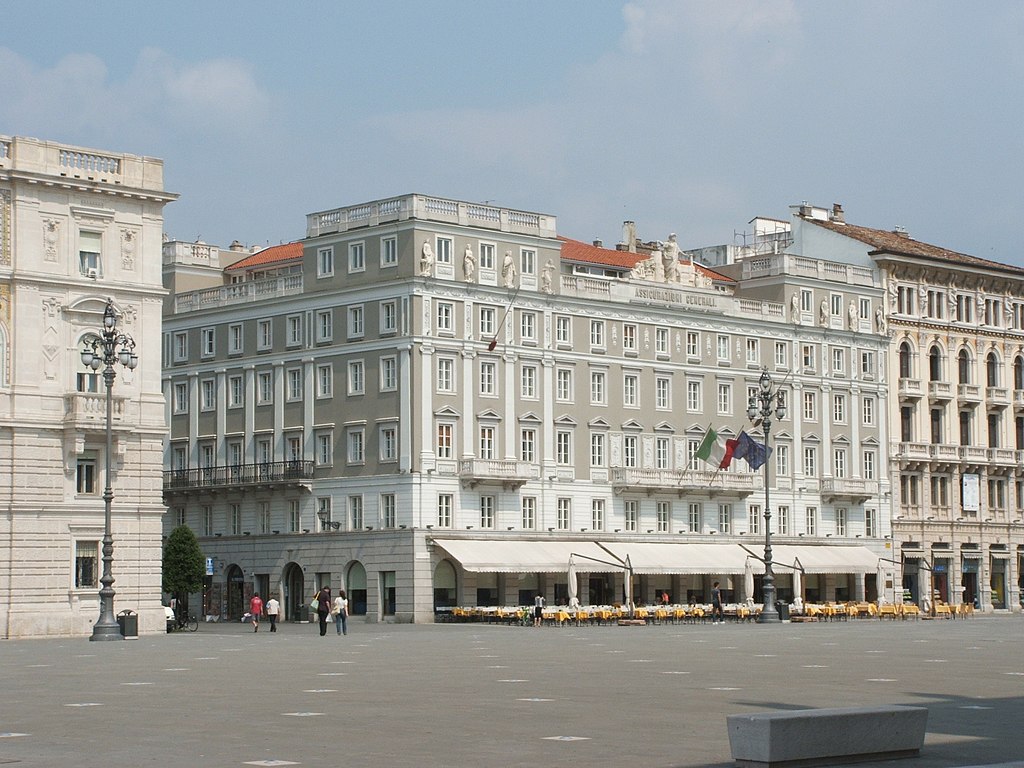
Trieste is renowned for its historic cafés, which once attracted writers like James Joyce and Italo Svevo. Enjoy a coffee at Caffè San Marco, where the bohemian charm has inspired artists and intellectuals for over a century, or stop by Caffè degli Specchi on Piazza Unità d’Italia for a grander setting with sea views. Each café offers a distinctly Triestino experience, blending Italian style with Habsburg tradition.
Local Cuisine
Trieste’s cuisine reflects its multicultural heritage, combining Italian, Austrian, and Slavic influences. Sample local favourites like jota (a hearty soup with sauerkraut, potatoes, and beans), gnocchi with plum filling, or strudel, a nod to its Austrian past.
Trieste’s proximity to the sea also means excellent seafood; try scampi alla busara, a regional specialty made with fresh scampi in a rich tomato sauce.
Coastal Walks and Day Trips
Rilke Trail
For nature lovers, the Rilke Trail offers stunning cliffside views over the Gulf of Trieste. Named after the poet Rainer Maria Rilke, this path stretches from the village of Sistiana to Duino and is ideal for a peaceful walk with scenic sea views.
Grotta Gigante
Just outside Trieste, the Grotta Gigante is one of the world’s largest accessible caves. A guided tour takes you through awe-inspiring caverns filled with stalactites and stalagmites, showcasing the natural wonders below the Karst Plateau.
Muggia
Head south to Muggia, a charming fishing village with Venetian-style architecture and a serene harbour. This quiet town offers a glimpse of traditional life on the Adriatic coast and makes for a lovely half-day escape from the bustle of Trieste.
Unique Shopping and Souvenirs
Trieste’s local artisans offer unique keepsakes reflecting the city’s diverse culture. Explore the Mercato Coperto (Covered Market) for regional products like olive oils, wines, and Slovenian honey.
Book lovers will enjoy browsing at Libreria Antiquaria Umberto Saba, a historic bookstore named after Trieste’s famous poet, or seeking out local guides on Joyce’s time in the city.
Tips for Travellers
Language: While Italian is the official language, you may also hear Slovene spoken by some locals. English is widely understood in tourist areas.
Weather: Trieste enjoys a Mediterranean climate with warm summers and mild winters. The Bora wind, however, can be strong and chilly, especially in winter, so bring warm layers if visiting then.
Etiquette: Trieste has a unique blend of Italian formality and Central European reserve. A polite buongiorno goes a long way when greeting shop owners or locals.
Getting There and Getting Around
Trieste is well connected by road and rail, with regular train services linking it to Venice, Milan, and other Italian cities. The nearest major airport is Trieste Airport (TRS), located just 40 minutes away by train or bus.
Once in the city, Trieste’s compact size makes it easily walkable, though public buses and trams are also available for exploring farther afield.


